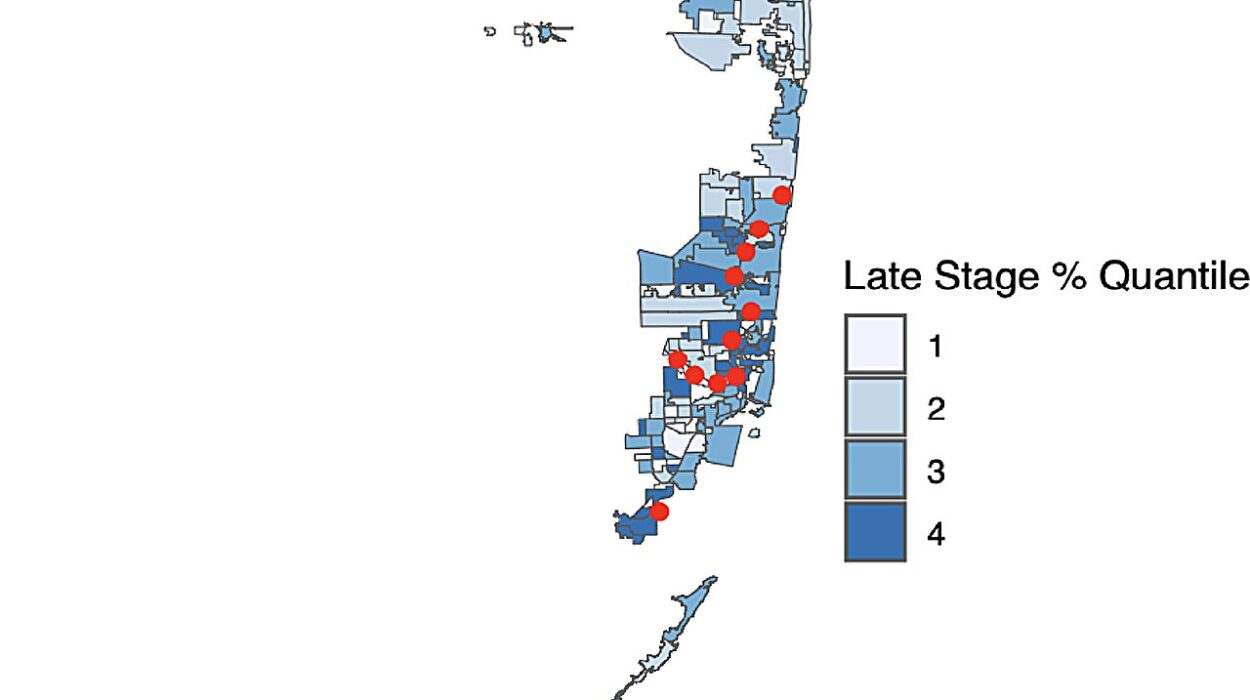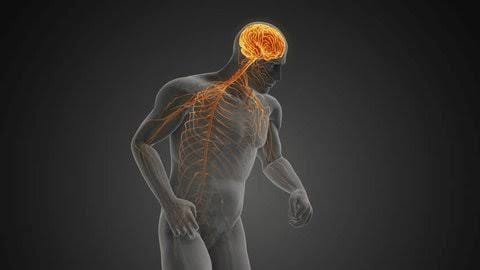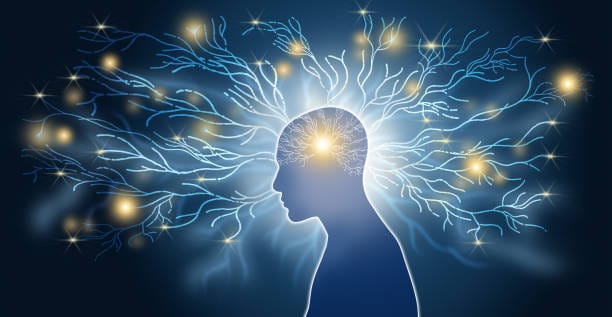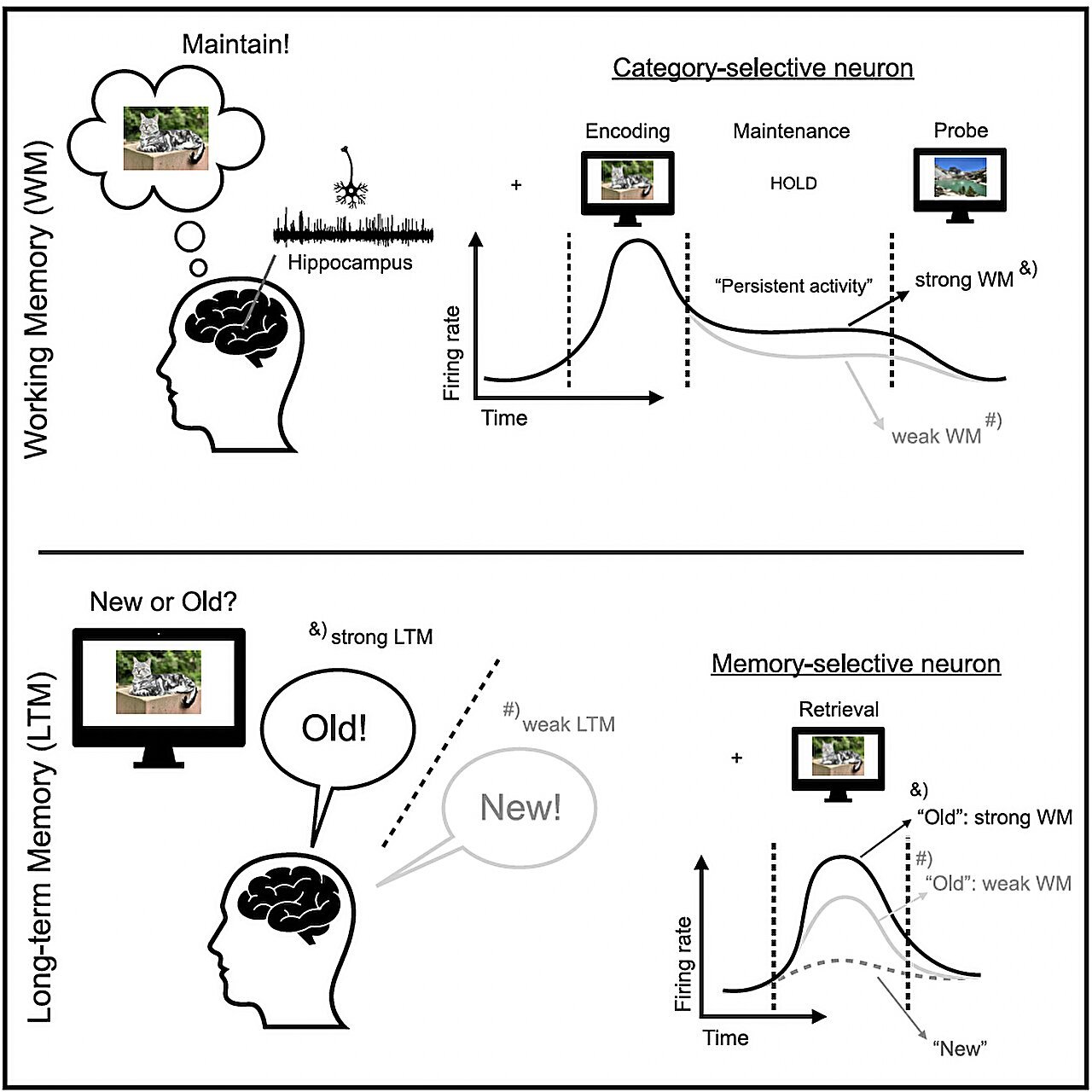Prostate cancer, one of the most common malignancies in men, has long puzzled researchers with its ability to grow and spread despite treatments that target its primary driver, the androgen receptor. A recent breakthrough by researchers at Weill Cornell Medicine offers fresh insights into how prostate cancer hijacks the normal prostate’s growth regulation mechanisms, potentially paving the way for improved diagnostics and innovative therapies.
Published in Nature Communications on December 13, the study reveals how prostate cancer cells repurpose the androgen receptor—a protein critical for normal prostate function—to accelerate their growth and evade the body’s natural regulatory systems. This discovery not only sheds light on the complex biology of prostate cancer but also provides a promising foundation for developing new strategies to manage the disease.
Under normal conditions, the androgen receptor plays a crucial role in maintaining prostate health. Activated by sex hormones such as testosterone, it binds to specific sites on the DNA, orchestrating a finely tuned program of gene activation and suppression. This program ensures that prostate cells grow to a certain extent, differentiate into specialized roles, and maintain their normal functions. Essentially, the androgen receptor acts as both an accelerator and a brake, balancing cell proliferation with growth inhibition.
However, in prostate cancer, this regulatory balance is disrupted. The androgen receptor is reprogrammed, losing its ability to suppress growth and instead driving uncontrolled cell proliferation. “It’s pretty well known in the field that the androgen receptor gets hijacked in a variety of ways and starts taking on new functions to drive prostate cancer cell growth,” explained Dr. Christopher Barbieri, senior author of the study and a leading expert in urologic oncology at Weill Cornell Medicine.
Barbieri and his team focused on understanding this reprogramming process in detail. While much of the previous research has examined how the androgen receptor activates genes that promote tumor growth, the team was intrigued by another observation: the receptor also abandons its normal DNA binding sites. These sites, the researchers hypothesized, might play a critical role in suppressing cell proliferation. When the receptor stops engaging with these sites, the natural growth brakes are effectively released, allowing cancer cells to multiply uncontrollably.
To investigate, the team employed a novel experimental approach. Co-first author Michael Augello, a postdoctoral researcher, engineered a set of artificial proteins mimicking the androgen receptor’s DNA-binding domains. These proteins were designed to activate or suppress genes at specific receptor binding sites. By introducing these artificial factors into cultured cells, the researchers could systematically test the function of each binding site in both normal and cancerous prostate cells.
Their findings were striking. The experiments identified a group of genes that, when activated, could halt the growth of prostate cancer cells. “When we turn on the genes controlled by these androgen receptor regulatory elements, the cell’s growth is shut down,” said Barbieri. Importantly, these same genes appeared to have no effect on normal prostate cells, suggesting that their primary role is to maintain healthy cellular function rather than to inhibit growth outright.
The study also provided insights into the adaptive strategies of cancer cells. In normal prostate cells, the androgen receptor’s regulatory program ensures proper differentiation and function. However, cancer cells must rewire this program to bypass these safeguards and sustain their growth. “It really suggests that these elements are there for normal cells to differentiate and be happy, and the cancer has to rewire them in order to grow,” Barbieri noted.
Building on these findings, the researchers analyzed tissue samples from prostate cancer patients. They discovered a correlation between the extent to which tumors retained the normal androgen receptor program and patient outcomes. Tumors that preserved more of the receptor’s normal functions were associated with better prognoses, greater responsiveness to therapies, and improved survival rates. This observation underscores the potential clinical relevance of the study’s findings.
Barbieri’s lab is already translating these insights into practical applications. They are developing diagnostic tests that could assess the activity of the androgen receptor’s normal program in tumor cells. Such tests could help guide treatment decisions, enabling personalized approaches that take into account the specific molecular characteristics of a patient’s cancer.
Beyond diagnostics, the study opens new therapeutic possibilities. If researchers can find a way to reactivate the androgen receptor’s normal regulatory functions in cancer cells, it might be possible to halt tumor growth without affecting healthy cells. Co-first author Xuanrong Chen emphasized the transformative potential of this approach: “The findings also open up the possibility of developing a therapeutic that reactivates the normal regulatory program in prostate cancer cells to restrain their growth.”
This breakthrough represents a significant step forward in the fight against prostate cancer. By uncovering the mechanisms through which the disease hijacks the androgen receptor, the study not only enhances our understanding of cancer biology but also lays the groundwork for innovations that could improve outcomes for millions of patients worldwide.
While much work remains to be done, the study highlights the importance of basic research in uncovering the complexities of diseases like prostate cancer. By identifying the molecular vulnerabilities of cancer cells and understanding their strategies for survival, researchers can develop more effective interventions, bringing us closer to the goal of curing or effectively managing even the most challenging cases of cancer.
Reference: Xuanrong Chen et al, Canonical androgen response element motifs are tumor suppressive regulatory elements in the prostate, Nature Communications (2024). DOI: 10.1038/s41467-024-53734-z






